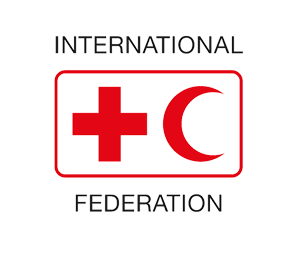Pilonidal Cyst

A pilonidal cyst is an abnormal pocket in an abnormal pocket in the skin that usually contains hair and skin debris.
A pilonidal cyst is almost always located near the tail-bone at the top of the cleft of the buttocks.
These cysts typically occur when hair punctures the skin and then becomes embedded. If a pilonidal cyst becomes infected, the resulting abscess is often extremely painful.
How possible to treat Pilonidal Cyst?
The cyst can be drained though a small incision or removed surgically.
Who is in more risk of Pilonidal Cyst?
Pilonidal cyst most commonly occur in young men, and the problem has a tendency to recur. People who sit for prolonged periods of time, such as truck drivers, are at higher risk of developing a pilonidal cyst.
| For properly checking your problem, you can contact Iranian Hospital Surgical Specialty Clinics |
What is symptoms of Pilonidal Cyst?
When it's infected, a pilonidal cyst becomes a swollen mass (abscess). Signs and symptoms of an infected pilonidal cyst include:
- Pain
- Reddening of the skin
- Drainage of pus and blood from an opening in the skin
- Foul smell from drainage pus
- Causes
Most pilonidal cyst appear to be caused by loose hairs that penetrates the skin. Friction and pressure- skin rubbing against the skin, tight clothing, bicycling, long periods of sitting or similar factors-force the hair down into the skin. Responding to the hair as foreign sub- stance, the body creates a cyst around the hair.
What is the risk factors of Pilonidal Cyst?
The following certain factors can make you more susceptible to developing pilonidal cysts:
- Obesity
- Inactive lifestyle
- Occupation or sports requiring prolonged sitting
- Excess body hair
- Stiff or coarse hair
- Poor hygiene
- Treatments and Drugs
What is basic treatment for an infected pilonidal cyst?
The initial treatment for an infected pilonidal cyst is usually a procedure that can be performed in your doctor's office. After numbing the area with an injection, your doctor makes a small incision to drain the cyst. If the cyst recurs, which often happens, you may need a more extensive surgical procedure that re- moves the cyst entirely.
After surgery, your doctor may choose to:
Leave the wound open. In this option, the surgical wound is left open and packed with dressing to allow it to heal from the inside out. This process results in a longer healing but usually a lower risk of a recurring pilnidal cyst infection.
Close the wound with stitches. While the healing time is shorter with this option, there's a greater risk of recurrence. Some surgeons make the incision to the side of the cleft of the buttocks, where healing is particularly difficult.
Wound care is extremely important after surgery. Your doctor or nurse will give you detailed instructions on how to change dressings, what to expect of a normal healing process and when to call the doctor. You may also need to shave around the surgical site to prevent hairs from entering the wound.
How can I do prevention of pilonidal cyst?
To help prevent pilonidal cysts, try to:
- Keep the area clean
- Lose weight if needed
- Avoid prolonged sitting
If you've had pilonidal cysts in the past, you might want to regularly shave the area or use hair removal products to reduce the risk of recurrence.
For properly checking your problem, you can contact Iranian Hospital Surgical Specialty Clinics

